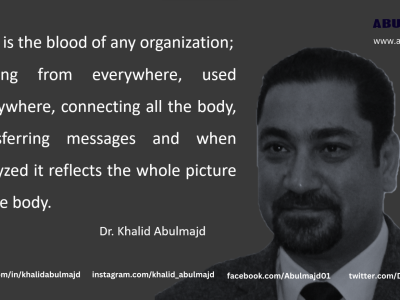Patient experience and patient satisfaction are related but distinct concepts in healthcare. Here’s a breakdown of the key differences between the two:
Focus:
Patient Experience: Patient experience encompasses the entire journey of a patient’s interaction with the healthcare system. It includes factors such as communication, coordination of care, access to services, emotional support, and involvement in decision-making. Patient experience focuses on the subjective perception and overall experience of the patient.
Patient Satisfaction: Patient satisfaction, on the other hand, primarily focuses on the patient’s contentment or fulfillment with the care received. It often relates to specific aspects of care, such as waiting times, staff behavior, cleanliness, and perceived quality of care. Patient satisfaction is more focused on meeting or exceeding patient expectations.
Measurement:
Patient Experience: Measuring patient experience typically involves using validated surveys or questionnaires that capture various dimensions of the patient’s experience. These surveys ask patients to rate their experiences on factors such as communication, empathy, respect, and involvement in decision-making. The data collected provides insights into the patient’s perspective and helps identify areas for improvement in healthcare delivery.
Patient Satisfaction: Measuring patient satisfaction usually involves surveying patients to assess their satisfaction levels with specific aspects of care. These surveys often include Likert scale or numerical rating questions to quantify the satisfaction level. The questions may cover topics such as wait times, staff friendliness, pain management, and overall satisfaction with the care received. The results are used to evaluate the performance of healthcare providers and facilities.
Outcome:
Patient Experience: A positive patient experience is associated with improved patient outcomes, including better adherence to treatment plans, higher patient engagement, increased patient trust, and improved health outcomes. It focuses on creating a patient-centered care environment and enhancing the overall quality of care delivery.
Patient Satisfaction: Patient satisfaction is an important measure of patient perception and can influence patient loyalty, reputation, and patient-provider relationships. However, high patient satisfaction does not necessarily guarantee improved health outcomes or reflect the quality of clinical care provided.
Conclusion
In conclusion, patient experience encompasses the entire patient journey and focuses on the subjective perception and overall experience of care. Patient satisfaction, on the other hand, primarily focuses on the patient’s contentment with specific aspects of care. Both concepts are valuable in assessing and improving healthcare quality, but patient experience provides a broader and more holistic understanding of the patient’s perspective.










Dr. Khalid Abulmajd
Healthcare Quality Consultant